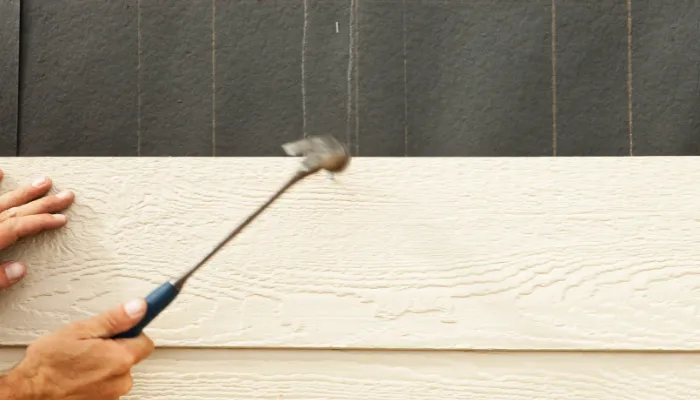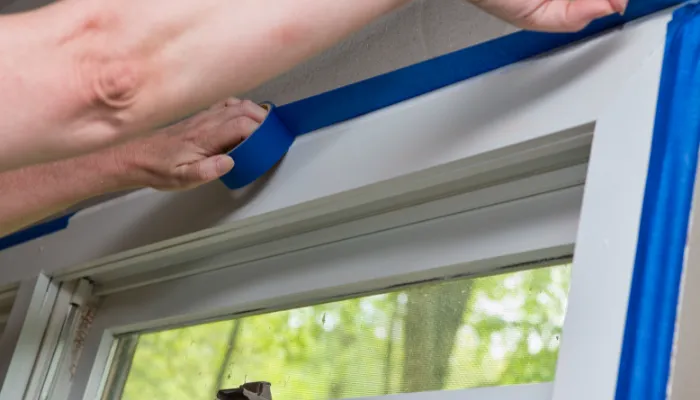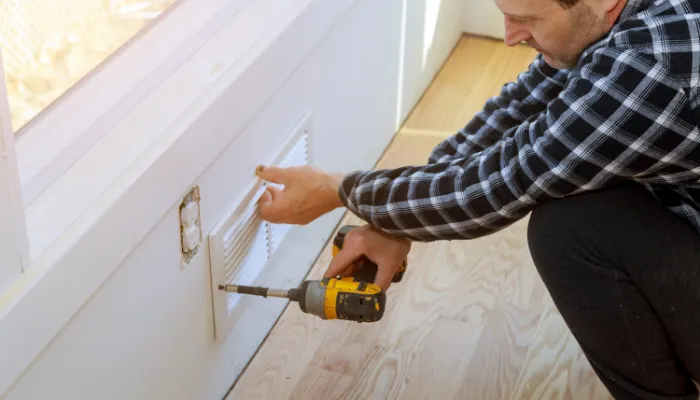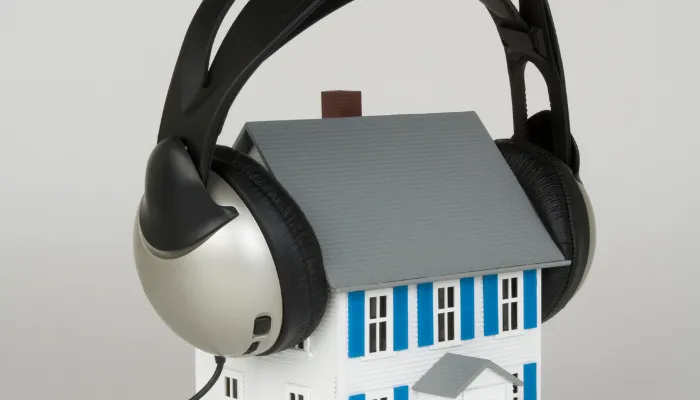The bedroom is the place where you enter to relax. There certainly needs to be a peace and sense of calmness. However, the buzzing sounds of the nearby busy street and noisy neighbors and children playing, obstruct the peace and tranquility. These noises can be obstructed by a soundproofing bedroom. Once the room is soundproofed noise gets reduces by almost eighty to ninety percent. Many soundproof bedroom materials can be used across, windows, doors, and walls to soundproof the room.
How to Do Room Soundproofing?

Room soundproofing is not as easy as it sounds. It can be very challenging and time-consuming. To do it right it is important to understand how the noise travels and gets accentuated into the room. According to experts, sound waves travel faster in the air than solid. Also, the solid substance reflects the sound creating echoes.
So, to make your bedroom soundproof first analyze the source of sound traveling and accordingly use some sort of soundproof bedroom materials at different places in the room that can trap the noise and reduce the reflection of the sound.
Also Read
This is done with the process of decoupling, absorption, mass creation, and damping. You might use all of these processes or can have a combination. This will depend on the source of sound and how it travels.
Here, with extensive research, we have created a detailed guide on how to soundproof a bedroom from outside noise.
Soundproofing Bedroom Walls

If, the source of sound for noise in your room is the wall, then begin with soundproofing the walls. Generally, the rooms are made of drywall with a 52 or less sound transmission class score, which allows noise to travel into the room easily.
To obstruct the noise from entering, the sound transmission class score should be more than 52. This can be done by adding more thickness and mass to the walls. Therefore, to soundproof the bedroom, one option is to add a layer of drywall.
Another alternative can be making a decoupling zone in between the two-layer of the drywall. This can be done by using the resilient channel that can develop an air pocket of at least 1/2″. This air pocket will eventually trap the noise, obstructing any other further movement of noise.
Apart from these, using insulation or green glue between the bedroom walls can also reduce the noise.
Soundproof Foam for Bedroom
Sound can be minimized by using sound absorption material that traps the sound and reduces their movement into the room. For this purpose, Acoustic foams are best, as they have properties that absorb seventy to eighty percent of noise and reflect only approximately twenty percent of sound.
These soundproof foams can be used over any solid substance that you think reflects the sounds most in the room. For instance, if the room has wide walls, a layer of these foams over them can cut sound multiple times.
Bedroom Windows and Door Soundproofing

At times rooms are located near to the park or busy street, in such a situation the main source of sound in the room is the door and windows. The sound of the neighborhood travels inside the room mainly through the windows. To fix this, begin with inspecting the window and door frames that at times have some gaps, cracks, or fixing issues. Once, you find the holes in the frames, try to fix them with acoustic sealant.
Put an extra layer of glazing over the glass of the window. The additional glaze increases the density that holds the sound from traveling freely into the room. Another way of soundproofing your bedroom window is by using the weather-stripping around the frame and glass such that all the air gaps get blocked.
Try to invest in the best soundproof bedroom door, rather than buying the less-density weak doors. Cover the gap between the floor and the door with door sweeps. Add some soundproof bedroom materials, such as rugs, carpets, and curtains, around the doors and windows to further minimize the sound.
Soundproof Bedroom Air Vents

At times even soundproofing the walls, doors, and windows does not give the desired result. This is so because sound might be getting its way into the room through the air vent. In such a situation most convenient and easy way is to use air vent covers.
However, these covers defy the very purpose of having air vents in the room. The better option is to use an air vent sound maze made from acoustic foam and plywood or fill the vent with sealant.
Soundproofing Bedroom Ceiling
In modern days flats and apartments with neighbors above, sound may travel through ceilings. If this is the case, then you can choose decoupling that separates the framing in the ceiling to break the sound pathway. If this is not feasible you can insulate the ceiling by filling it up with insulating material that will absorb the sound waves. A layer of drywall or mass-loaded vinyl on the ceiling can also work. Another option is damping with the combination of four damping elements. Damping elements convert sound waves into heat, thus in the way block the sound from traveling inside the room.
Apart from these, there can be many other ways to soundproof the bedroom. You can use a beautiful ceiling-mounted drape on a wall that can reduce the bouncing back of sound as well as create a nice dramatic ambiance in the room. On a similar line, you can use heavy curtains and window plugs to the cover windows. Furniture is also known to absorb sound, so placing chairs, sofas, and a chest of drawers can also be helpful.
Final Words
In all find ways to either absorb the sound or block the sound travel. This can be done only by analyzing the sound source. For instance, you might add mass to the wall but still, there can be a lot of noise coming into the room. This can be so because the source of noise may not be walls but the windows or air vent. Then, it is more important to soundproof the windows and air vent instead of the wall.
